The Ministry of Justice has just announced the appraisal dossier of the draft Law on Social Insurance (amended) drafted by the Ministry of Labor, Invalids and Social Affairs. The notable content is that the Ministry of Labor, Invalids and Social Affairs proposed 2 options for receiving one-time social insurance benefits.
Option 1: after 12 months of not being subject to compulsory social insurance, not participating in voluntary social insurance and having paid social insurance for less than 20 years.
Option 2: After 12 months of not participating in compulsory social insurance, not participating in voluntary social insurance and having paid social insurance for less than 20 years, if the employee requests, a part of the payment will be resolved but not more than 50% of the total time paid into the pension and death fund. The remaining social insurance payment time will be reserved for the employee to continue participating and enjoying social insurance regimes.
According to the synthesis of the Ministry of Labor, Invalids and Social Affairs, there are two viewpoints on the above issue, one side chooses option 1, the other side chooses option 2.
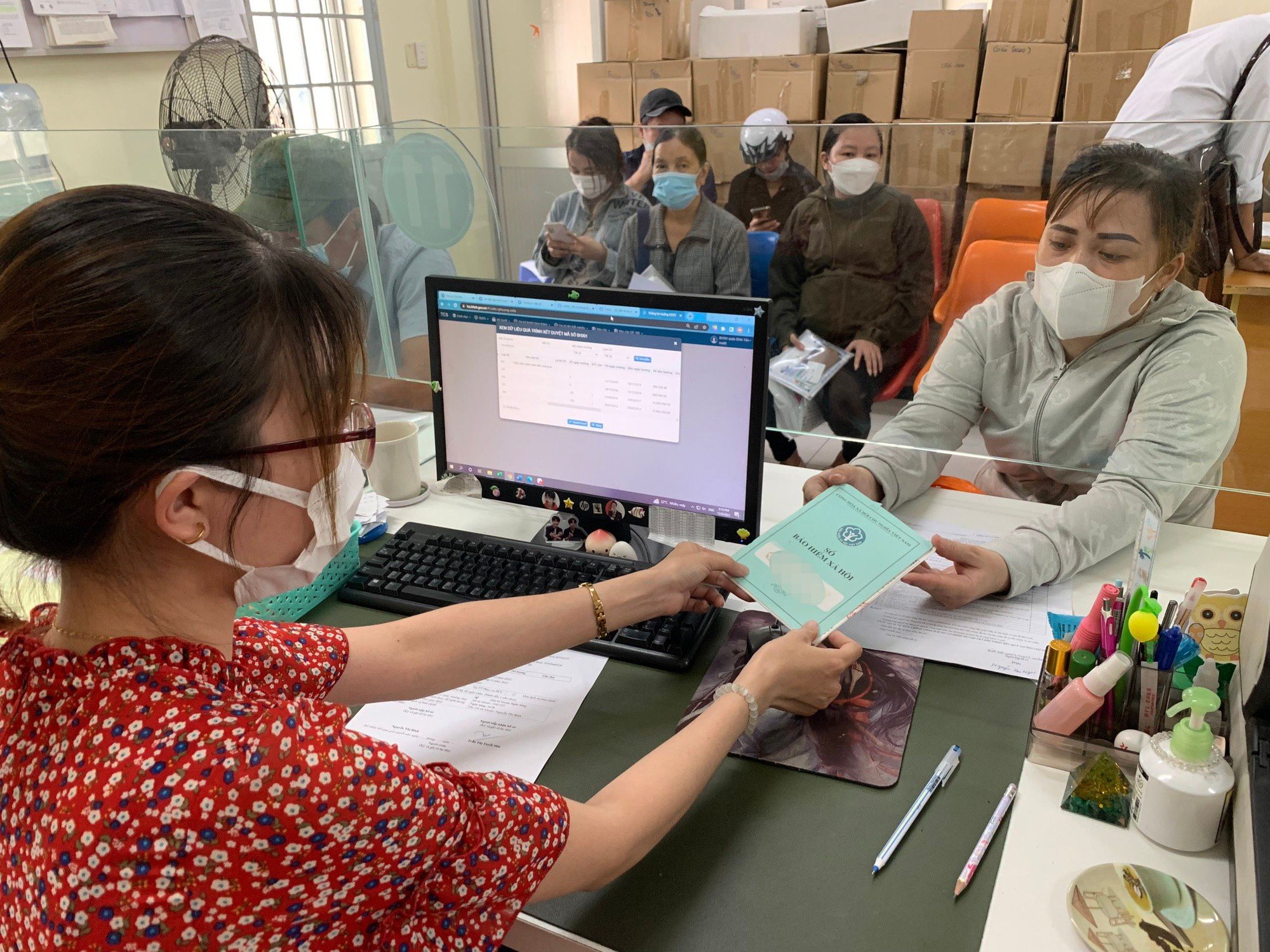
Workers come to do procedures at Social Insurance in Binh Tan District, Ho Chi Minh City
Ensure the principle of "you get what you pay for"
The opinion group chose option 1 because they believed that this regulation would ensure the rights of workers, who contribute and receive. Most of the workers are workers in enterprises in industrial zones, working age from 18 to 45. After this age, workers are at risk of losing their jobs and not continuing to participate in social insurance.
Typical of the above group of opinions, the Ministry of National Defense stated that to ensure unity, it is necessary to choose option 1, because option 2 does not specify which period 50% of the total social insurance payment period belongs to, which is not suitable to the needs and wishes of the majority of workers.
"Workers should be given the right to choose according to the contribution-benefit principle and propaganda and persuasion measures should be strengthened," the Ministry of National Defense suggested.
Similarly, the Ministry of Home Affairs and the Ministry of Industry and Trade, when giving comments, both suggested choosing option 1, while reviewing the option to increase benefits for those who do not receive one-time social insurance payments.
The Ministry of Labor, Invalids and Social Affairs also said that through the actual survey process in localities, working directly with businesses and surveys of a number of electronic newspapers, the majority of people participating in the survey chose option 1, only a few chose option 2.
With option 1, the advantage is to keep it as current regulations, not encountering any reaction from employees, employees will be settled with social insurance at one time for the entire period of social insurance payment, using more money for immediate needs.
The disadvantage is that when employees receive social insurance at one time, it means leaving the system because they have no more time to pay social insurance, they will have to accumulate social insurance payment time from the beginning, so they will be disadvantaged in enjoying social insurance regimes (due to short payment time), and may not be eligible to receive pension when reaching retirement age.

The Ministry of Labor, Invalids and Social Affairs has proposed two options to seek opinions on receiving one-time social insurance benefits.
Limit the massive withdrawal of social insurance at one time?
Contrary to the opinion group choosing option 1, the opinion group choosing option 2 believes that the new regulation will help harmonize immediate needs and ensure long-term benefits in old age.
If workers encounter temporary difficulties, they can withdraw a portion of their accumulated funds to meet immediate liquidity needs; the remainder is kept for the future and continues to be "insured" and leaves open the opportunity for workers to return to contribute.
Participating in giving comments, the State Bank of Vietnam stated that option 2 will help limit the current massive withdrawal of social insurance by social insurance participants at one time.
However, this agency proposed to consider revising option 2 in the direction that employees can choose to withdraw social insurance at once or withdraw 50% of the paid time. The remaining time is reserved to enjoy social insurance when reaching retirement age because social insurance is based on the principle of contribution - benefit, employees who have paid social insurance are entitled to enjoy the maximum time paid, not only up to 50% of the total paid time.
Similarly, Vietnam Social Security proposed to choose option 2, but revised it in the direction of "if the employee has less than 15 years of social insurance payment, a part of the payment will be resolved, but not more than 50% of the total time paid into the pension and death fund. The remaining social insurance payment period will be reserved to receive social insurance benefits when reaching retirement age. This reserved period will not be counted for the next one-time social insurance payment...".
According to Vietnam Social Security, the above regulation is in line with reducing the pension eligibility from 20 years to 15 years, helping workers who really need money to cover urgent needs after retiring.
In addition, not recalculating the retention period for the next lump sum benefit is to retain the retention period so that employees can continue to accumulate when they are old enough to receive it.
With option 2, the Ministry of Labor, Invalids and Social Affairs assesses the advantage that even if the employee receives social insurance one time, he/she will not completely leave the system because the remaining payment period is still reserved. Continuing to participate will have the payment period added to enjoy the social insurance regime with higher benefits, and have more opportunities to qualify for pension when reaching retirement age.
However, the disadvantage is that employees are not entitled to social insurance benefits for the entire period of social insurance payment, which may lead to certain reactions.
Please advise on both options.
According to the Ministry of Labor, Invalids and Social Affairs, to limit the situation of receiving one-time social insurance payments in accordance with the spirit of Resolution No. 28/2018 on reforming social insurance policies, the draft law on social insurance (amended) has been amended and supplemented in the direction of increasing benefits, increasing attractiveness to encourage employees to reserve their contribution period to receive pensions instead of receiving one-time social insurance payments.
For example: conditions for receiving pension are easier (reduced from 20 years to 15 years), workers have more options to receive monthly benefits in case they have paid social insurance but are not eligible for pension and are not old enough to receive social pension benefits, during the period of receiving monthly benefits, they are entitled to health insurance guaranteed by the state budget...
Regarding the regulation on receiving one-time social insurance benefits, this is an extremely sensitive and complicated issue. The Ministry proposed that the Government report to the National Assembly delegates to seek their opinions on both options mentioned above.
Source link



![[Photo] General Secretary To Lam, Secretary of the Central Military Commission attends the 12th Party Congress of the Army](https://vphoto.vietnam.vn/thumb/1200x675/vietnam/resource/IMAGE/2025/9/30/9b63aaa37ddb472ead84e3870a8ae825)

![[Photo] Many streets in Hanoi were flooded due to the effects of storm Bualoi](https://vphoto.vietnam.vn/thumb/1200x675/vietnam/resource/IMAGE/2025/9/29/18b658aa0fa2495c927ade4bbe0096df)
![[Photo] General Secretary To Lam attends the ceremony to celebrate the 80th anniversary of the post and telecommunications sector and the 66th anniversary of the science and technology sector.](https://vphoto.vietnam.vn/thumb/1200x675/vietnam/resource/IMAGE/2025/9/29/8e86b39b8fe44121a2b14a031f4cef46)
![[Photo] General Secretary To Lam receives US Ambassador to Vietnam Marc Knapper](https://vphoto.vietnam.vn/thumb/1200x675/vietnam/resource/IMAGE/2025/9/29/c8fd0761aa184da7814aee57d87c49b3)


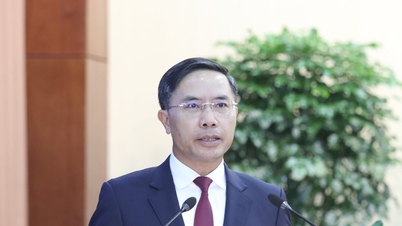





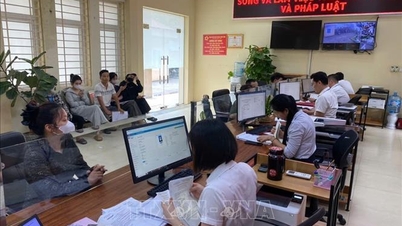





















![[Photo] National Assembly Chairman Tran Thanh Man chairs the 8th Conference of full-time National Assembly deputies](https://vphoto.vietnam.vn/thumb/1200x675/vietnam/resource/IMAGE/2025/9/29/2c21459bc38d44ffaacd679ab9a0477c)














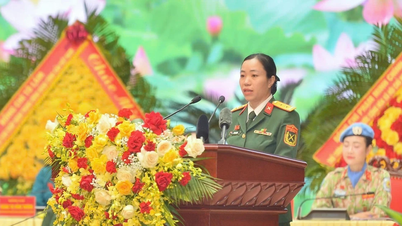








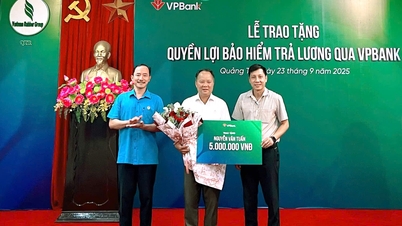


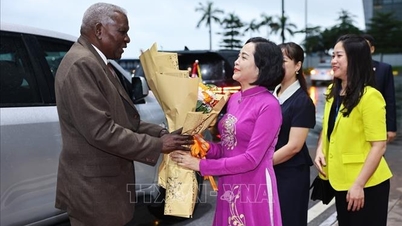
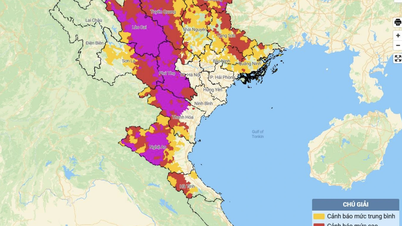






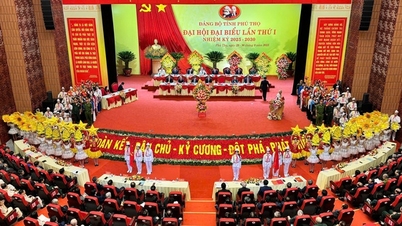




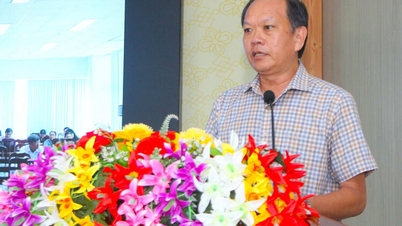





















Comment (0)